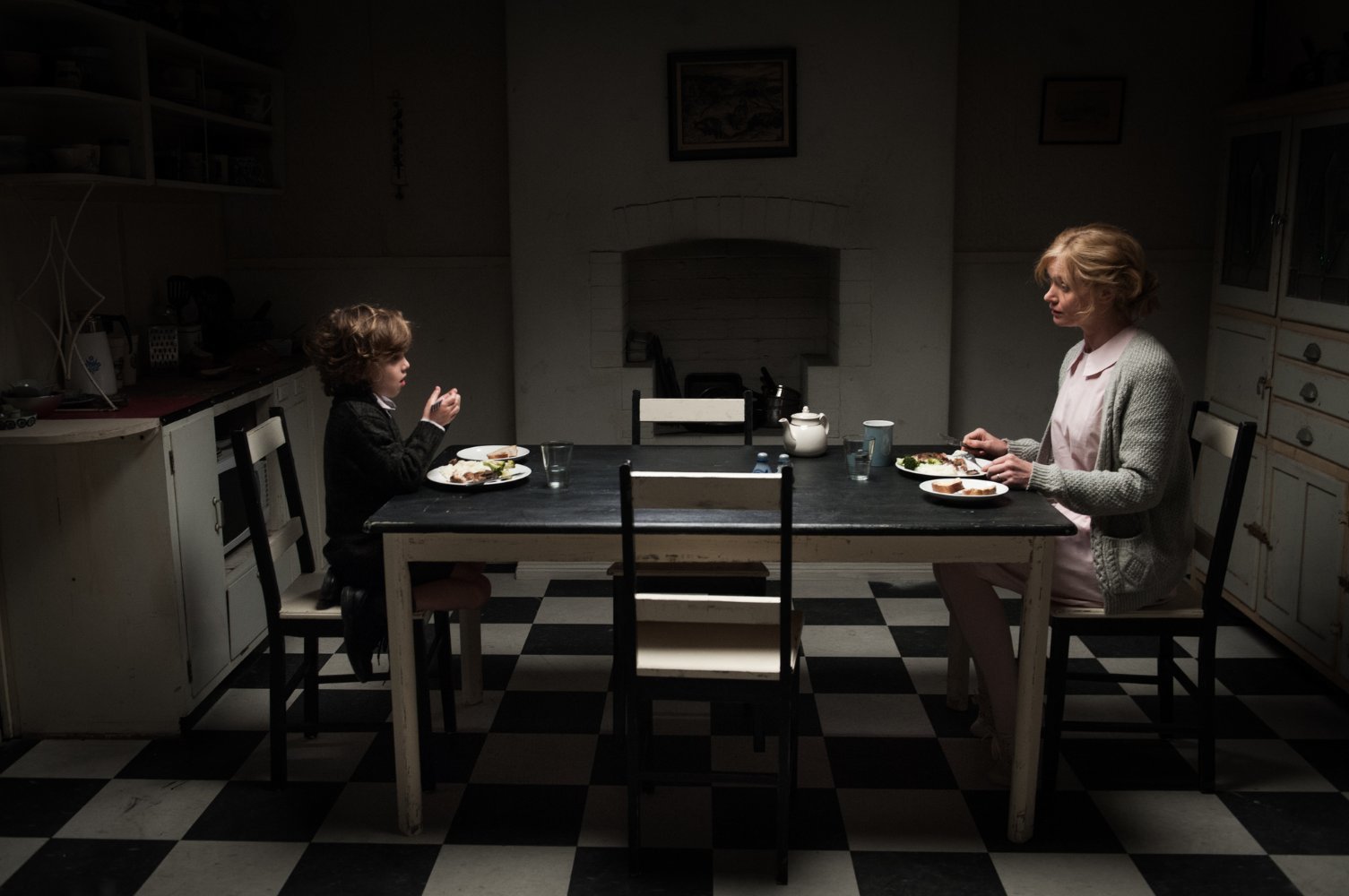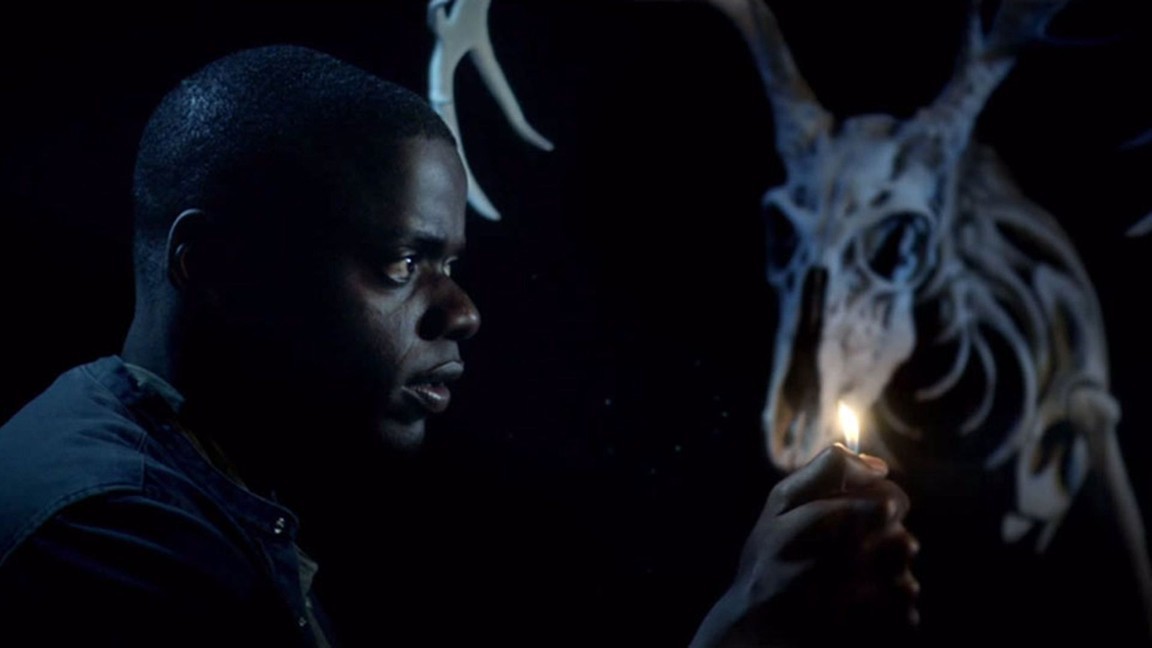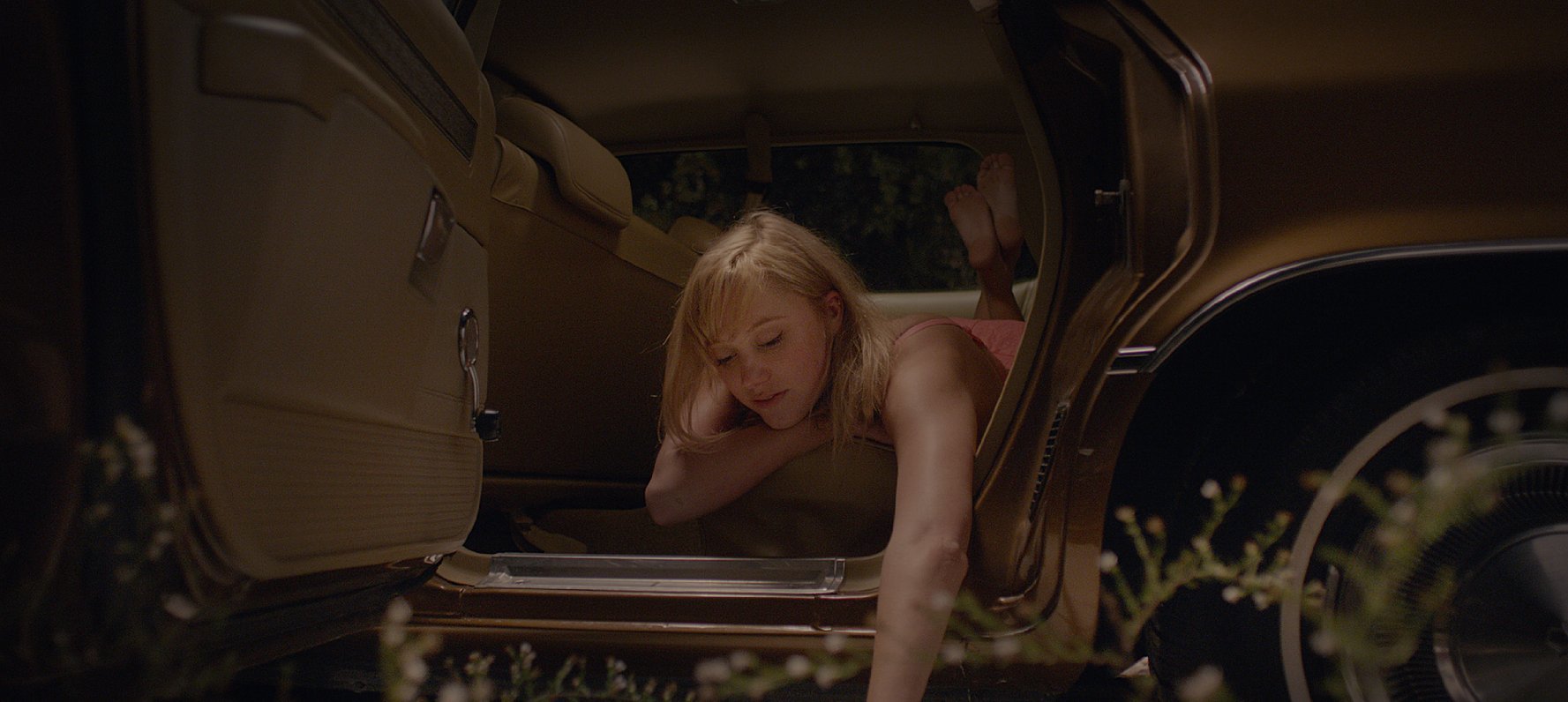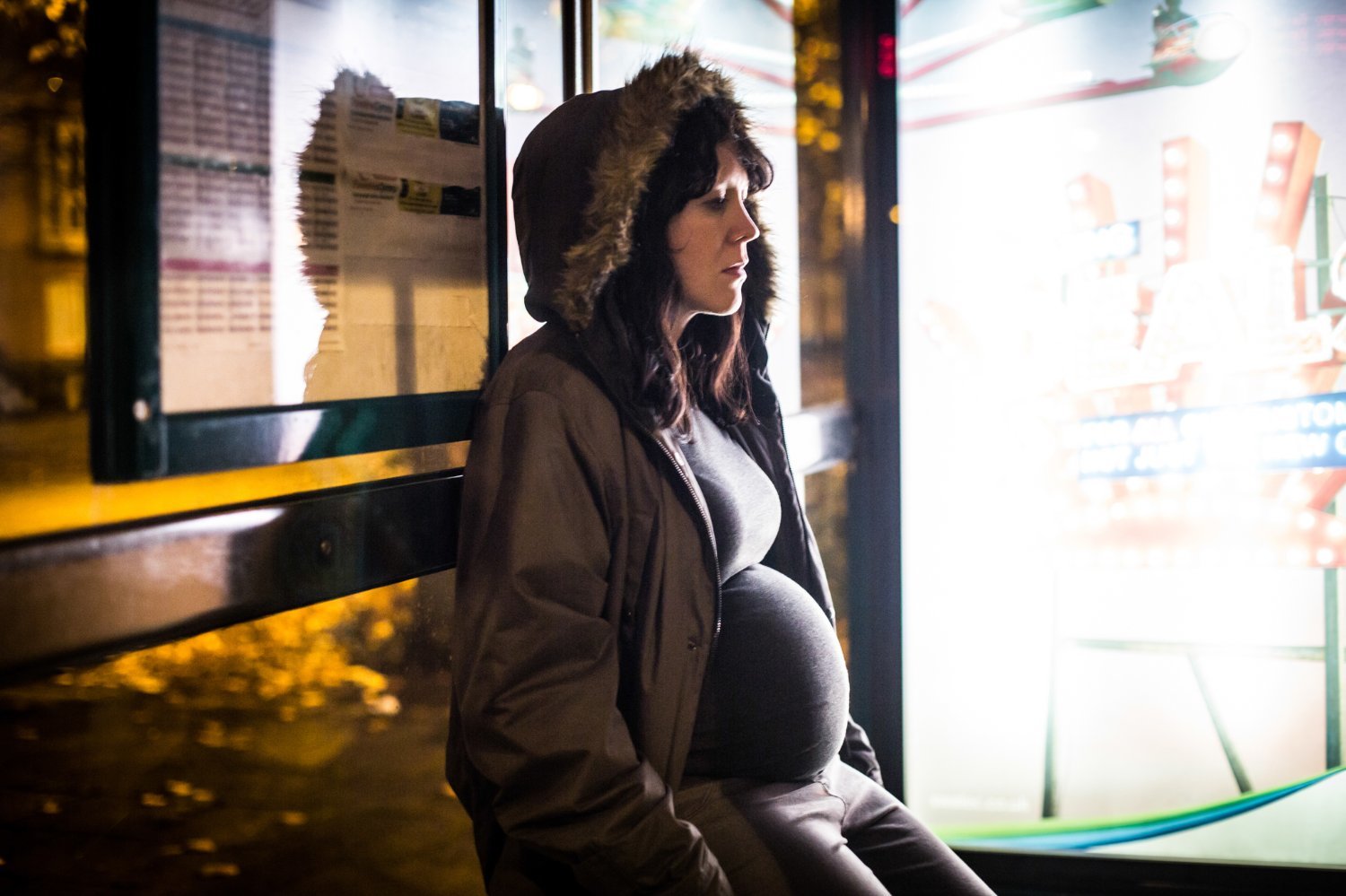Horror films have always been a way to examine the world around us. When we’re afraid and quaking, our surroundings reveal themselves in a different way. Lines shift and are reformed as our own fear adjusts our priorities, pulling what we really care about into view.
To isolate the essence of what frightens us is to ask, not only what we are afraid of losing, but also what we are afraid to see distorted and perverted. During the 60s and 70s, when some of cinema’s golden horror films were produced, they addressed unfolding topics that threatened to rip society apart. The Shining, Rosemary’s Baby and The Exorcist picked at our anxieties about family, god and human decency — gazing at the moral totems of our world and declaring them expired. Those films played on real fears that people carried around in their bellies, particularly as they adjusted to new social paradigms with the the invention of the Pill, looming nuclear war and the fall of the Nixon administration.
Across the 80s and arguably into the 90s the genre faltered. While movies were still being made, spawning franchises and careers, they were considerably less self reflective. Horror movies were increasingly held together by tropes, tricks, and dried corn syrup. Even bright lights like the original Scream movie — a meta masterpiece — itself deflated over countless rehashings. Jokes formed around horror films — don’t have sex, don’t be anything but white and definitely don’t take your shirt off if you want to live — as they became games to survive not examine. Our fear became one dimensional.

But in recent years, this ribbon of intelligence and sensitivity to the wider world has returned. We’ve begun to look past the monsters and murders to interrogate what really keeps us up at night. Reviewing the films that are now populating cinemas, it’s clear we’re once again aware of the real terror lurking in the real world. Films like Get Out, Raw, the Babadook and It Follows are not moored in our nightmares but our neighbourhoods. They take their cues from the newspaper, and the lingering anxieties that clutter our conversations and make us worry about our futures. They aren’t turning to familiar frights, but recognising and defining new ones.
As such, in 2017 these movies have evolved to be more than a mirror, they’re starting and extending social conversations. Adding new elements to existing dialogues, they unpick topics the rest of the media is only running their tongue along.
Perhaps the most visible and lauded example of this is Jordan Peele’s debut feature Get Out. He has commented that the project began when he realised the movie he wanted to watch, didn’t exist. On the surface this can be seen as him referring to his choice to create a horror movie around a black male lead — the character who, in most subsequent horror films, has usually died first.

But what is initially an inversion of roles and a challenge to structures quickly opened up to be a comment on the very real fear and danger entangled with being a black man in America. Issues around racially motivated violence and entrenched racism are among the most loaded in circulation today. But buffered by genre, they’re able to be unpacked by millions of people across the world, written about in countless publications and endlessly examined in private. It’s hard to imagine any other piece medium bringing the safety of black men into so many homes, but packaged within horror, the lie of a post-racial world is smuggled into minds that could otherwise be closed.
A similar move has been pulled in relation to gender, arguably one of the most discussed topics of our age. But again, digested through horror, new questions and considerations have emerged that invigorate a conversation that had threatened to feel stale. The Witch, Raw and It Follows have all seen blood, guts and violence serve as a conduit for the delicate fears around growing up and moving from adolescence to adulthood. While other coming of age films snag on romance and perhaps an artful deflowering, here violence and horror is the most natural expression for so many female anxieties, as young women feel themselves wretched away from the comfort of childhood. It’s no wonder that the flow-on effect from this has been the scream queen title shifting from a b-movie box to a very real and smart launch pad for a young actress. Women like Anya Taylor-Joy, Maika Monroe and Chloe Moretz have used horror films to define them as singular and intense talents.
But more impressively, this new generation of horror films has allowed us to peer into things we weren’t quite ready to view. They have given form to feelings that hadn’t yet grown into thoughts. While we’re less gagged today than we were when George A Romero was making The Night of the Living Dead in 1968, there are still subjects we struggle to face.

The recent run of films playing off motherhood are an example of how horror allows us to again use the buffer of genre to say things that otherwise feel too bitter in our mouths. The souring of the parental ideal is difficult to express, as is the fear of pregnancy or maternity. But in the Babadook we witness a woman driven mad by a difficult child and increasingly terrifying and suffocating circumstances. Not all parents are being haunted by a children’s book, but many would recognise Amelia’s fraying tether to reality as exhaustion and grief erode her body and mind.
Similarly Prevenge and Afterbirth invert the miracle of life narrative to give space to the real alien fear of carrying another creature inside you, especially one that is able to impact and control your body. Previously pregnancy and the vulnerabilities tied to it informed classic films like Rosemary’s Baby and Alien, but more recent offerings not only address anxieties about our bodies, but also shifting roles. They allow the female characters to question if they even want to be mothers, and trade freedom and selfish pleasures to serve as carer and protector for another being.
Ultimately horror films are less outward looking today, rather they tend to peer into the dark reality of our own lives. Monsters aren’t swimming up from the murky depths, but are pieces of our identity we’ve allowed to fester. In 2002, Gore Verbinski adapted the Japanese horror hit The Ring for a western audience. He literally found his antagonist in a foreign object that appears in people’s lives to destroy them. 15 years later he returned to the genre with A Cure For Wellness, a film that positions our own obsession with an impossibly pure, manufactured idea of health as the ultimate threat. Conveniently also spinning in themes of modern workplace culture and our open willingness to let our desire to “have it all” literally kill us.

Similarly, Get Out — which has largely been a catalyst for a conversation around race — serves up villains that are painfully “woke”. Their hollow, forced liberalism is not only a source for comedy, but also a warning for how we cloak ourselves in enlightened dialogue and think it means we’re not able to be revealed as the ultimate problem. Before this film, it was a moral quandary that had perhaps only been reflected on when someone was called out on Twitter.
Ultimately, these new themes in horror speak about our growing ability and willingness to interrogate our own world, and not trust what we see and hear. It’s not surprising that a generation fed on the threat of “fake news” and political messaging that’s doctored and spun like fairy floss, would develop a new level of critical insight. When reading the paper requires an ability to sift fact, fiction and question the reality of the world we’re being presented, it’s no wonder this new set of life skills finds its way into horror scripts. Who could made a better horror film than a generation raised on the questions, what is real? Who speaks the truth? And are we the victims or the villains?
Credits
Text Wendy Syfret
Images via IMDB
